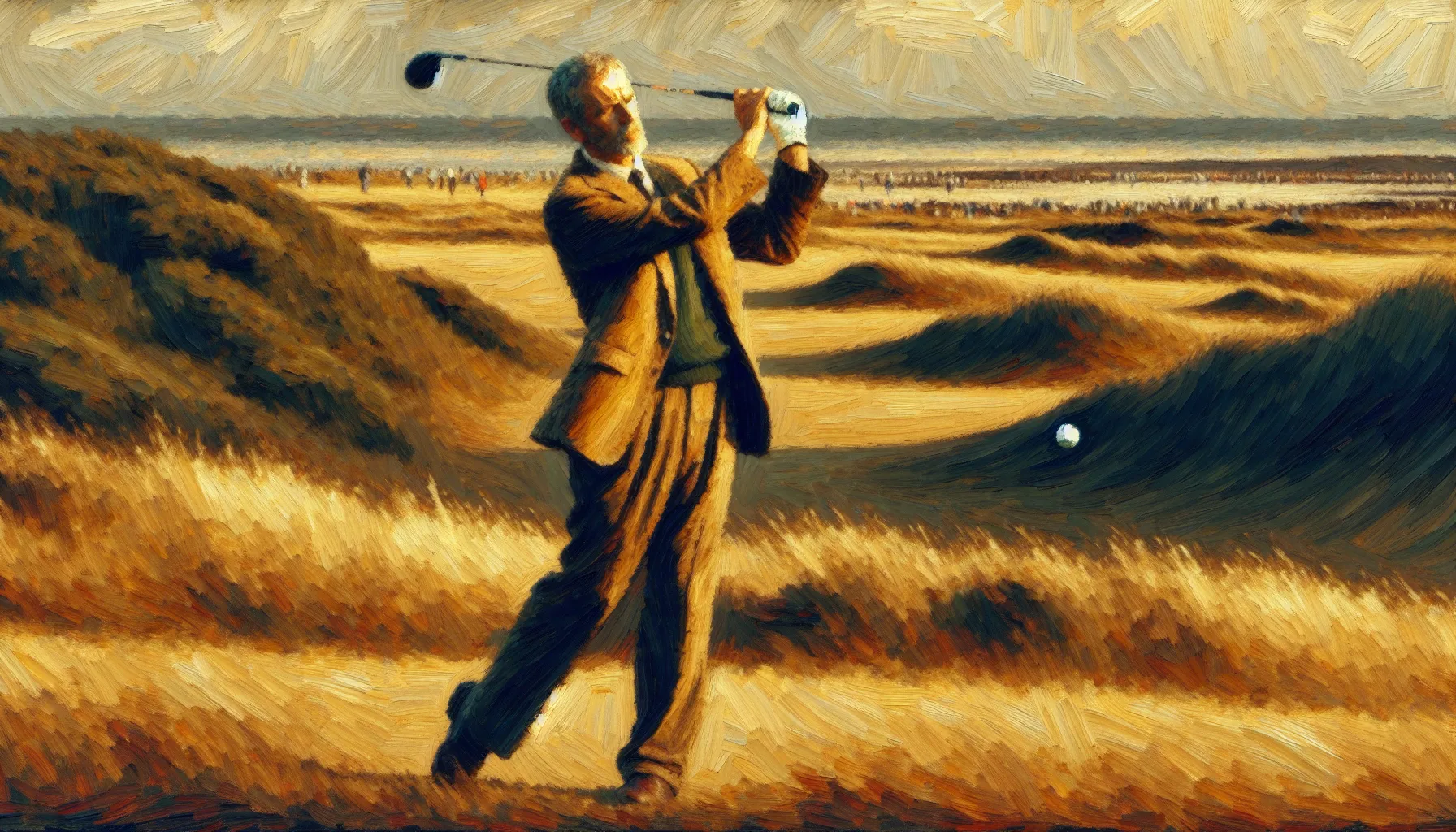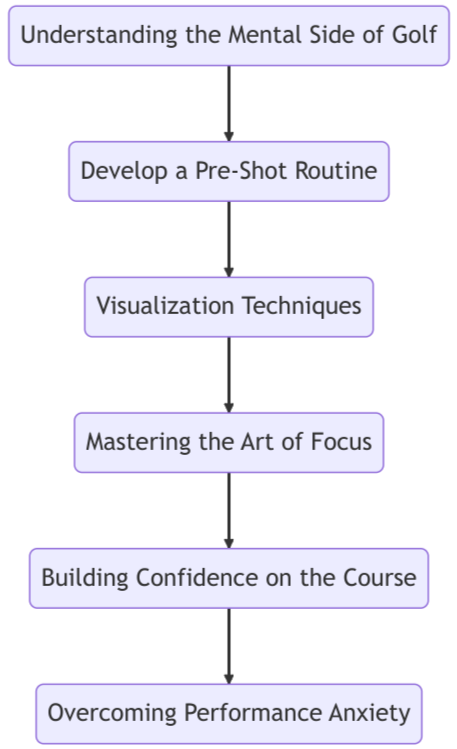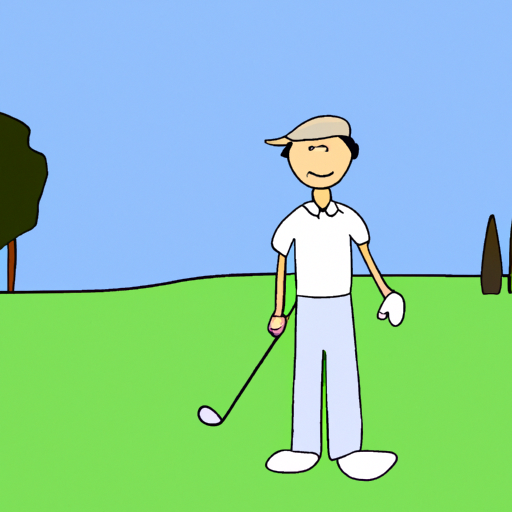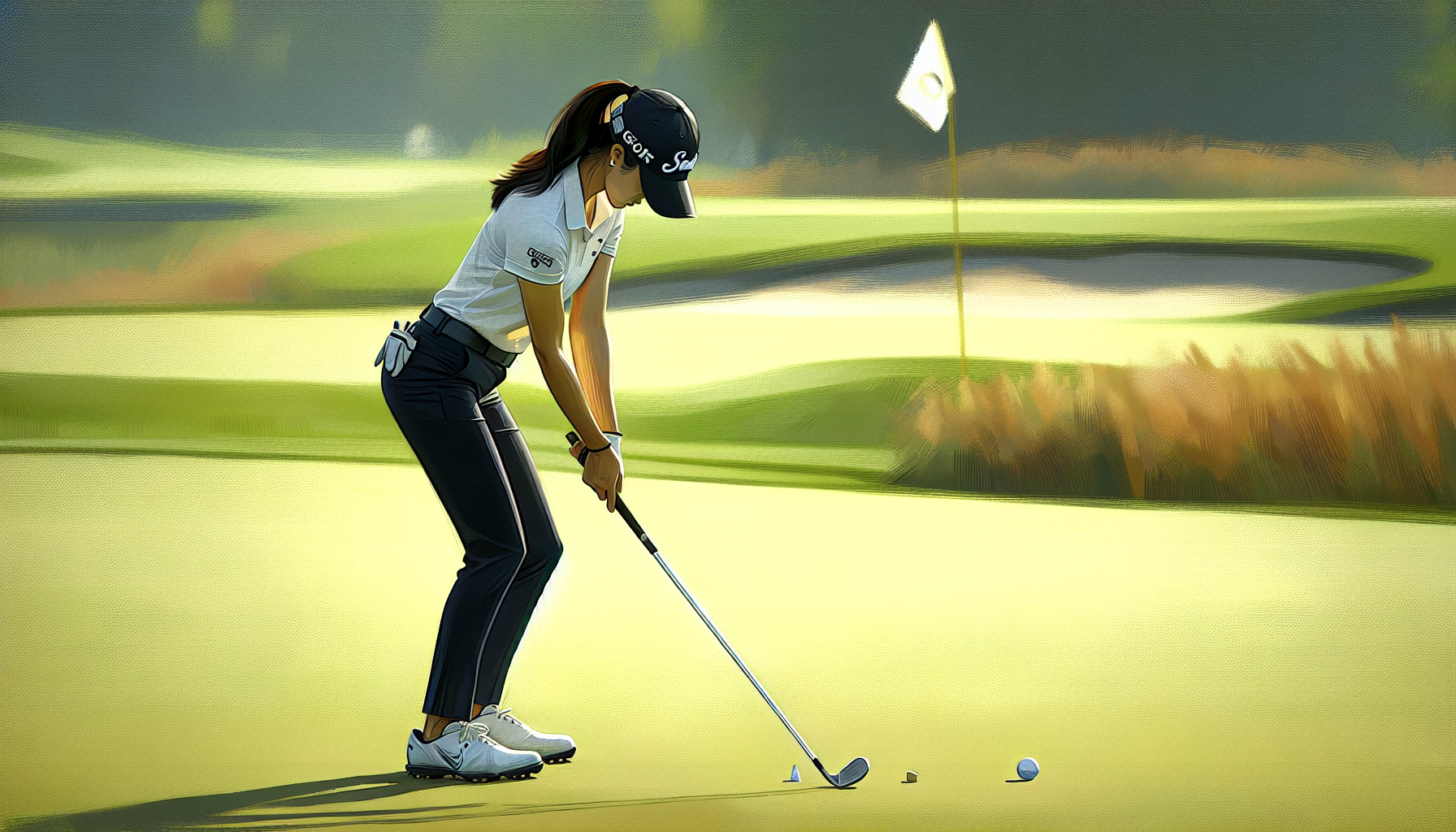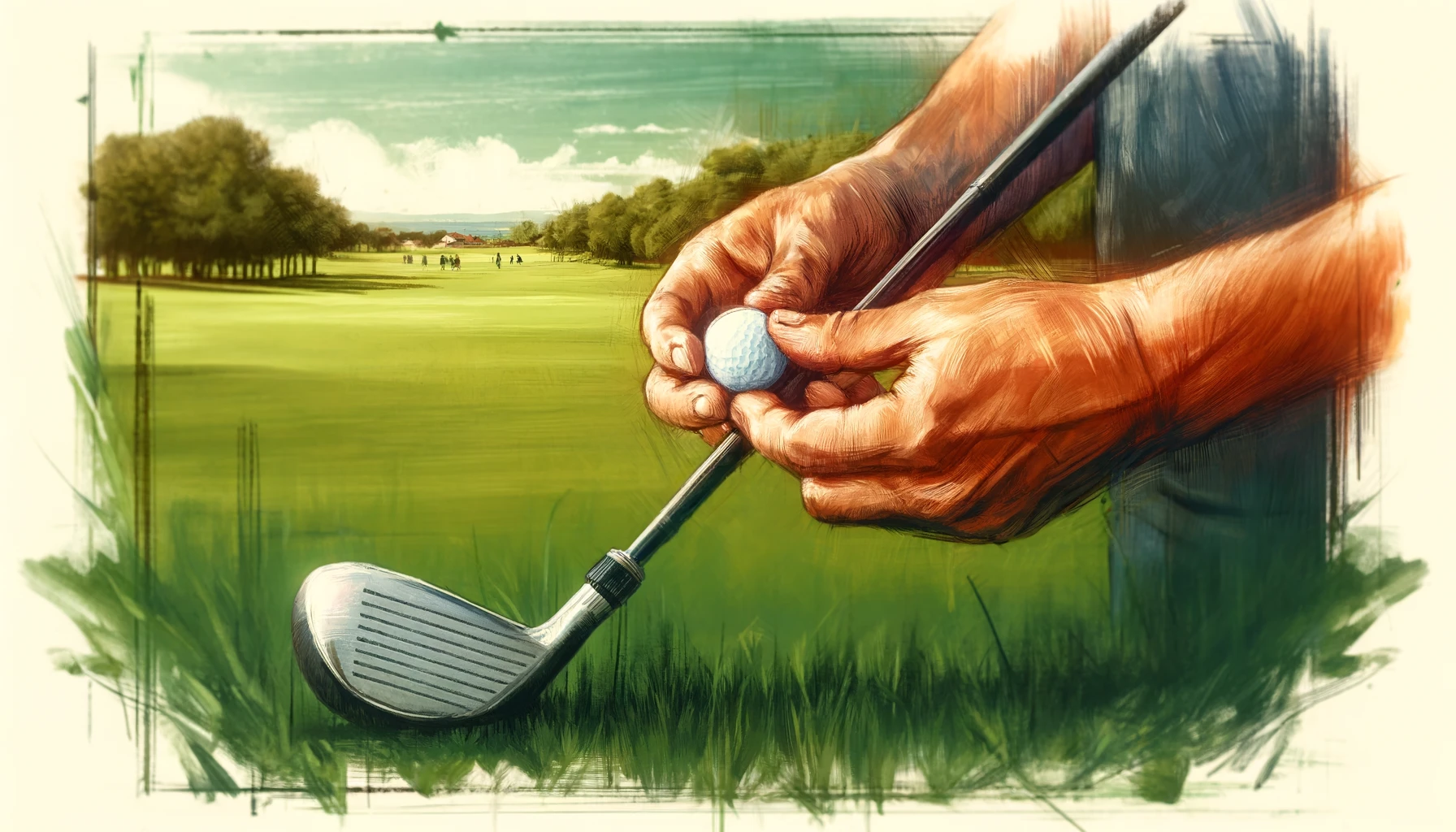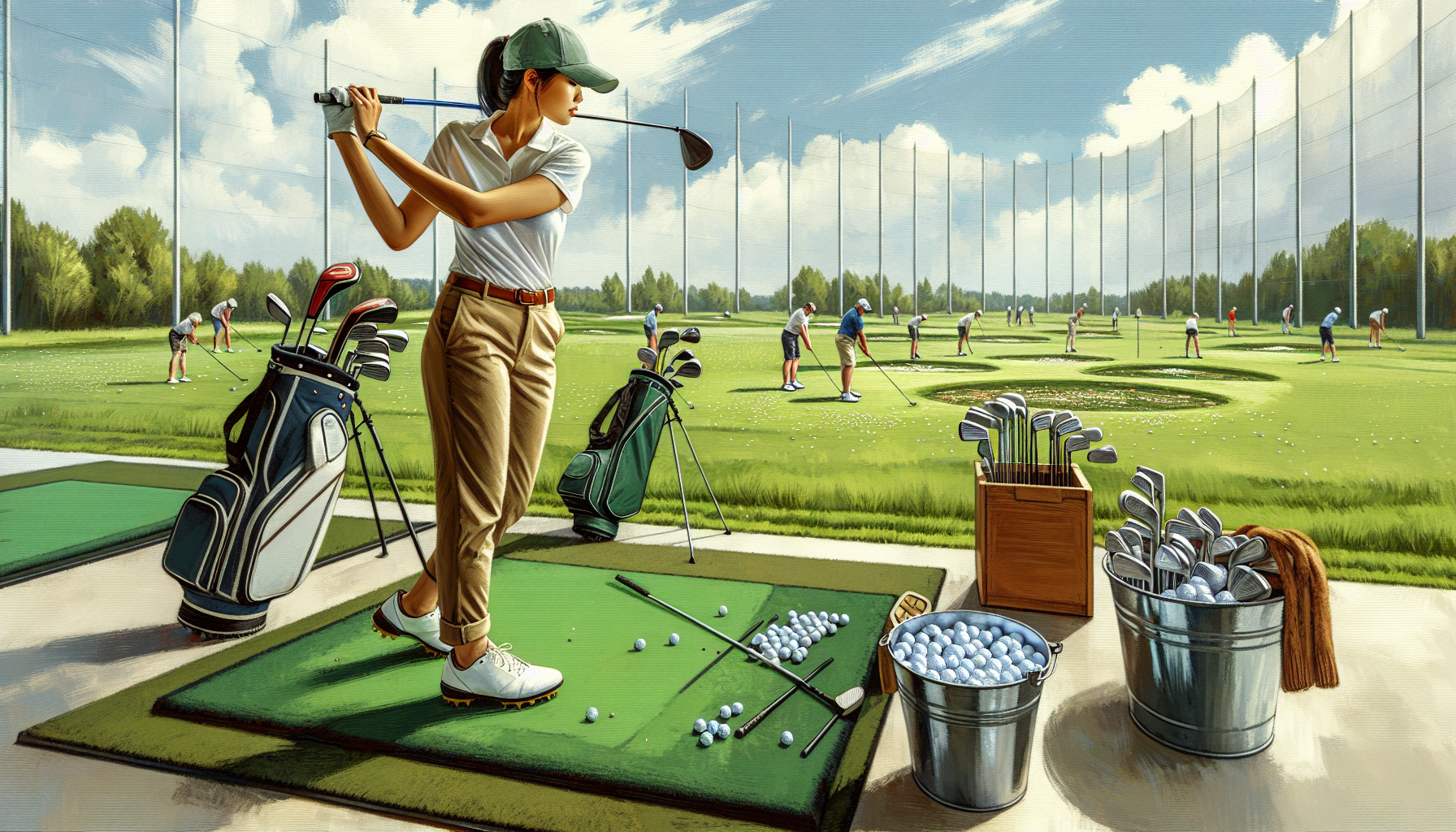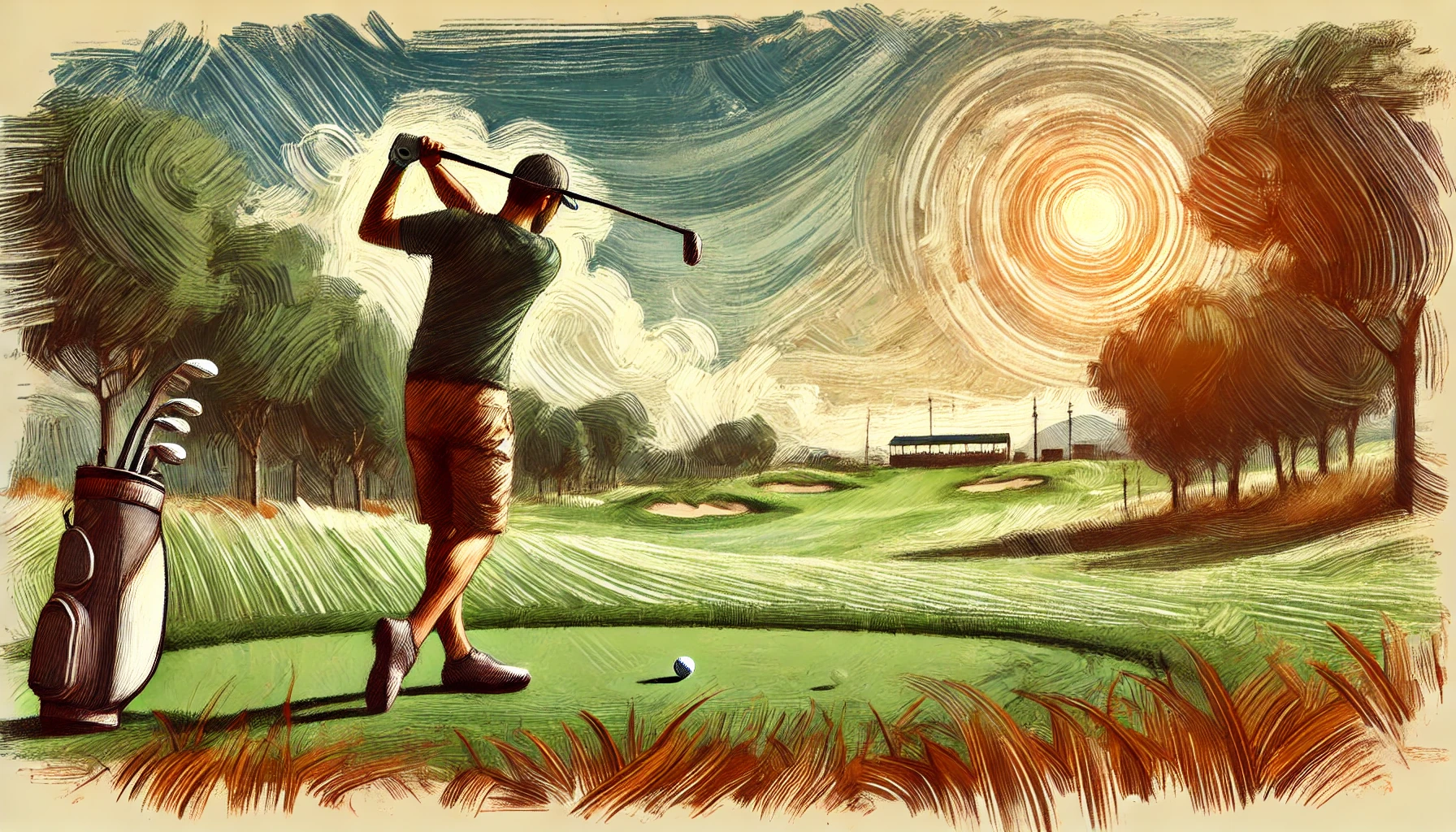Unlock Your Golf Potential: Mastering the Simple Strike Sequence
Struggling to hit long, accurate drives? The secret might lie in the simple strike sequence - a fundamental yet often overlooked aspect of golf. This guide offers a deep dive into mastering this technique, tailored to weekend golfers seeking consistency and power. With practical tips, personal anecdotes, and a focus on the fundamentals, we'll help you transform your game. Whether you're in a rush or have time to spare, our key takeaways and FAQ section ensure you won't leave empty-handed.
Have you ever found yourself stuck on the golf course, wondering why your drives aren't as long or as accurate as you'd like them to be? You're not alone. Many golfers, regardless of their experience level, face the same frustrating problem. The heart of the issue often lies not in the strength of the swing, but in the sequence of the strike. This is where the concept of a simple strike sequence comes into play, promising to revolutionize the way you approach your game.
The agitation sets in when you realize that despite trying various techniques and maybe even splurging on the latest equipment, the improvement in your game is minimal. It's disheartening to see your efforts not paying off, especially when you're putting in the time and passion. The inconsistency in your shots, the struggle with slices, and the inability to hit those long, satisfying drives can make golf more of a chore than a pleasure.
But here's the solution: mastering the simple strike sequence. This approach is about going back to basics and focusing on the sequence of movements that lead to powerful, accurate shots. By understanding and implementing a simple strike sequence in your game, you can unlock your golf potential almost overnight. This article will guide you through everything you need to know about this game-changing technique, from its key components to how you can practice it to achieve consistent results. Get ready to impress your buddies and elevate your game to new heights.
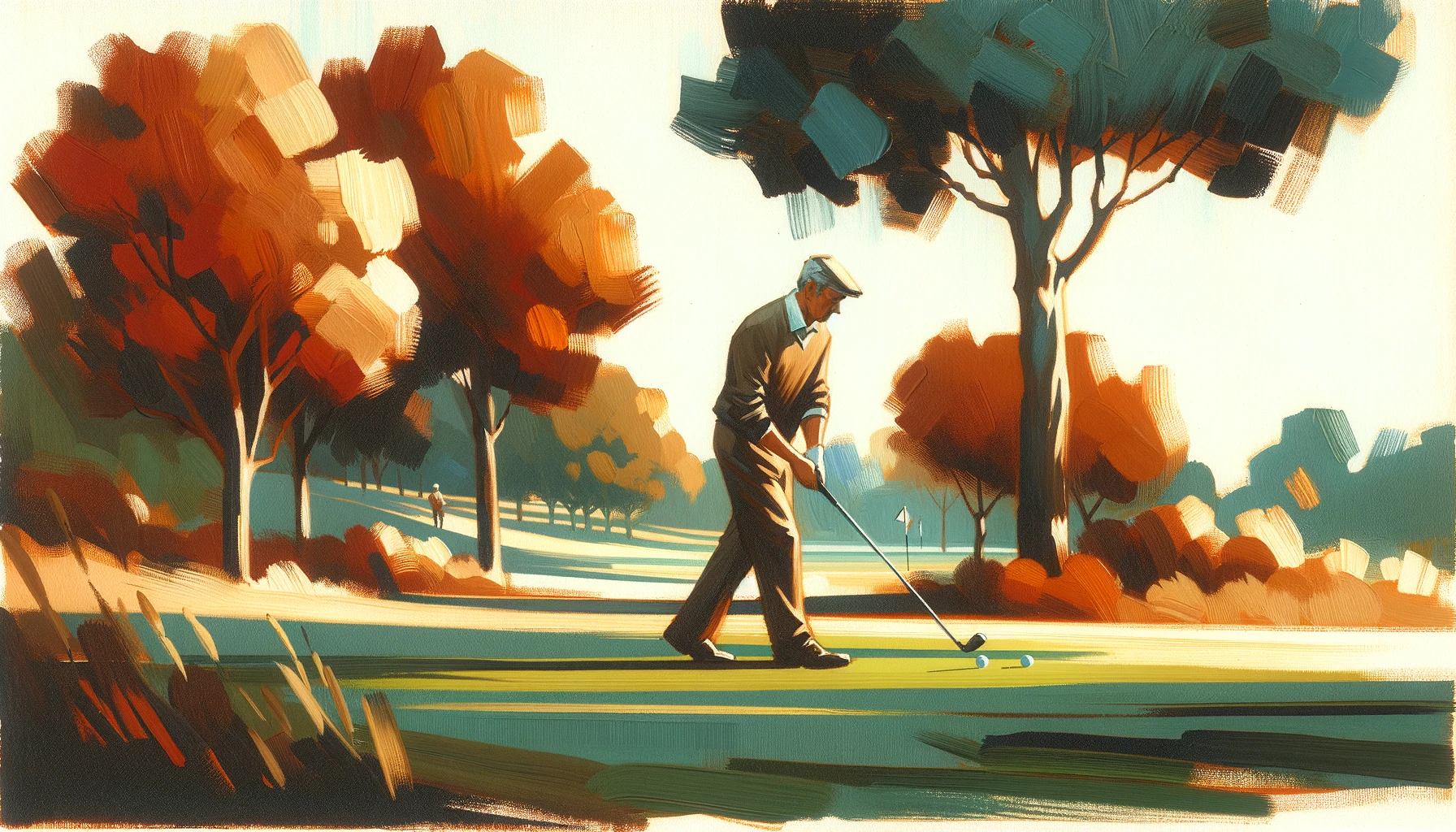 A serene day on the golf course: Perfecting the simple strike sequence.
A serene day on the golf course: Perfecting the simple strike sequence.How Can a Simple Strike Sequence Improve Your Golf Game?
Remember the day when everything on the course just clicked? For me, it was a serene morning, the course was quiet, and it felt like I had all the time in the world to perfect my shot. That day, I discovered the power of the simple strike sequence. It wasn't about the clubs in my bag or the latest technique I'd read about. It was about the rhythm, the sequence, and the simplicity of my strike.
The simple strike sequence is a method that emphasizes the correct order of movements in your golf swing. It's about getting the basics right: posture, grip, backswing, downswing, and follow-through. Each element is crucial, but it's the sequence that makes the magic happen. When you nail the sequence, you unlock a level of consistency and power you didn't know you had.
Let me tell you, the difference was night and day. Before I embraced this sequence, my drives were unpredictable. One shot would slice, the next would hook, and the frustration was mounting. But after I focused on the simple strike sequence, things started to change. My drives became longer and more accurate. I was hitting the ball straighter and with more confidence. The joy of sending a ball soaring down the fairway with pinpoint accuracy became a regular part of my game.
But how can this simple strike sequence improve your game? First, it builds muscle memory. The more you practice the sequence, the more ingrained it becomes in your swing. This means you're less likely to make erratic shots under pressure because your body knows what to do. Second, it boosts your confidence. There's nothing like the feeling of hitting a great shot. When you know you can rely on your swing, you approach the ball with a different mindset.
Practicing the simple strike sequence isn't about overhauling your entire swing overnight. It's about making small, incremental improvements that add up over time. Start with your grip, ensuring it's firm yet relaxed. Then, work on your posture, making sure you're balanced and ready to swing. From there, focus on the smoothness of your backswing, the power of your downswing, and the follow-through that feels like the cherry on top of a perfect shot.
Incorporating the simple strike sequence into your game doesn't require expensive equipment or hours of professional lessons. It requires mindfulness, patience, and a willingness to go back to basics. Trust me, the results will speak for themselves. You'll start to see improvements in your distance, accuracy, and overall enjoyment of the game. So, are you ready to give it a try? Remember, golf is not just about striking the ball; it's about striking it with purpose, precision, and power. And it all starts with a simple sequence.
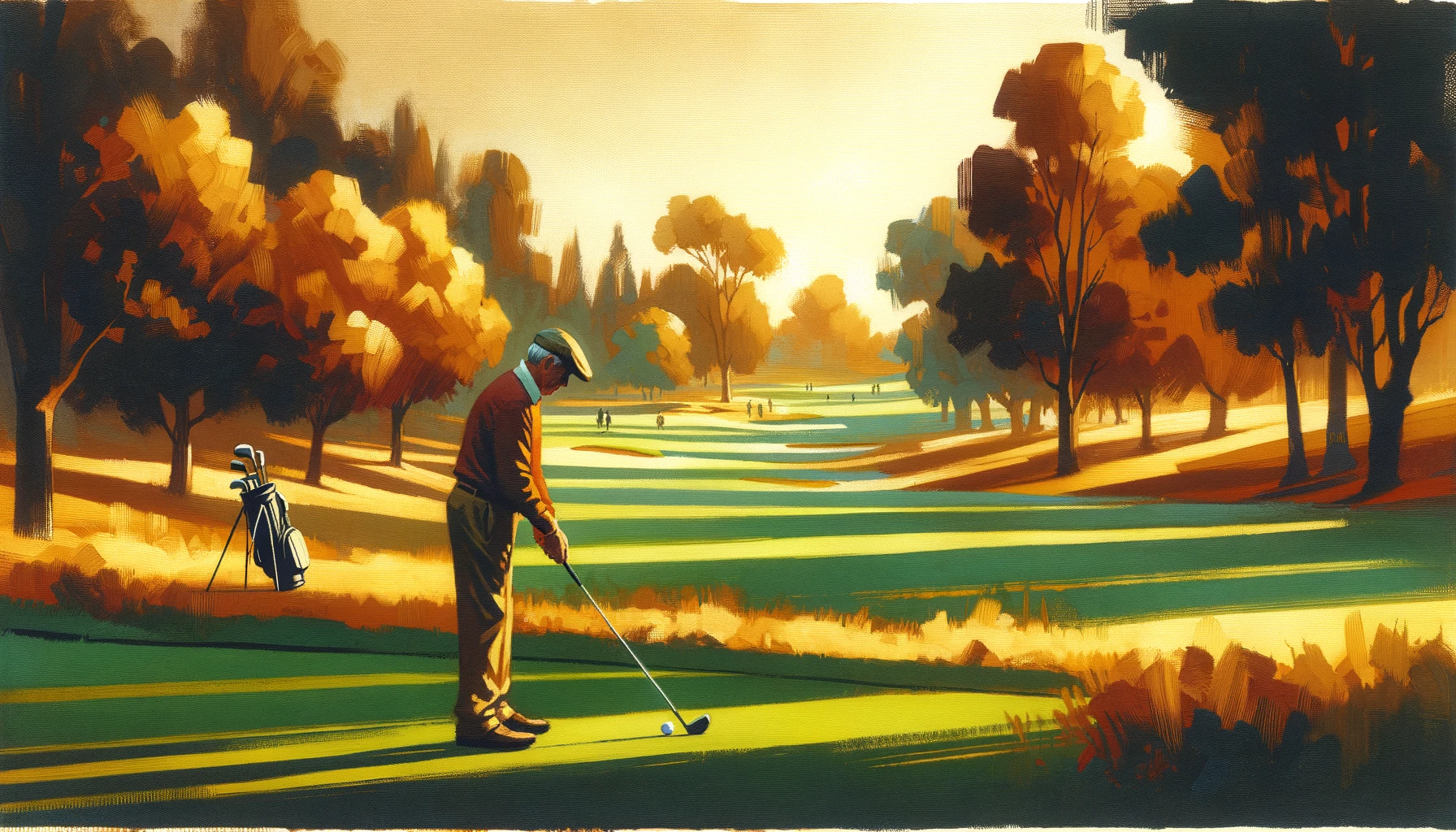 Harmonizing passion and experience through the simple strike sequence.
Harmonizing passion and experience through the simple strike sequence.What Are the Key Components of a Simple Strike Sequence?
Diving deeper into the world of golf, one quickly realizes that mastery comes down to the details. My journey to uncovering the key components of a simple strike sequence started on a particularly challenging course. It was a day when the wind seemed to have a vendetta against golfers, and my usual techniques were failing me. That's when I met an old-timer, a sage of the course, who shared with me the essence of the simple strike sequence. His advice wasn't just a game-changer; it was a perspective shift.
The first component he introduced me to was the Grip. "Hold the club like you're shaking hands with it," he said. Not too tight, to allow for flexibility, but firm enough to maintain control. The grip is where the dance with the ball begins, and getting it wrong can lead to a cascade of errors.
Posture came next. Standing over the ball, I learned to balance my weight evenly on the balls of my feet, knees slightly bent, leaning forward from the hips. This stance ensures stability and readiness to swing with power while maintaining control.
The Backswing was the third key component. It's not just about pulling the club back; it's about coiling your body, storing energy to be unleashed. The old-timer's advice was to keep it slow and controlled, ensuring the clubhead follows a straight path.
Then, the Downswing, where the stored energy is released with precision. The transition from backswing to downswing is critical, he emphasized. It's the moment of truth where the power is transferred to the ball. Keeping the downswing smooth and accelerated through the ball ensures a powerful strike.
Finally, the Follow-Through, the component that often gets overlooked. "Complete your swing as if you're reaching for your target," he advised. This ensures the energy flows in the direction of the shot, adding distance and accuracy.
Reflecting on this advice, I realized that these components weren't just steps; they were a sequence that, when executed correctly, creates a symphony of movement. Each element relies on the others, and missing one can throw off the entire performance. By focusing on these key components, my strikes became more consistent, powerful, and accurate. It was as if I had unlocked a secret level in my game.
Implementing these key components into your practice routine is not about reinventing your swing but refining it. Start with one component at a time, integrating it into your muscle memory. As you do, you'll notice the pieces of the puzzle coming together, forming a simple strike sequence that feels both natural and powerful.
So, whether you're battling the wind on a tough course or striving to improve your game, remember these key components. They're the foundation of a simple strike sequence that can elevate your game to new heights. And as the old-timer reminded me, "Golf is not just played on the course; it's played in the details of your swing."
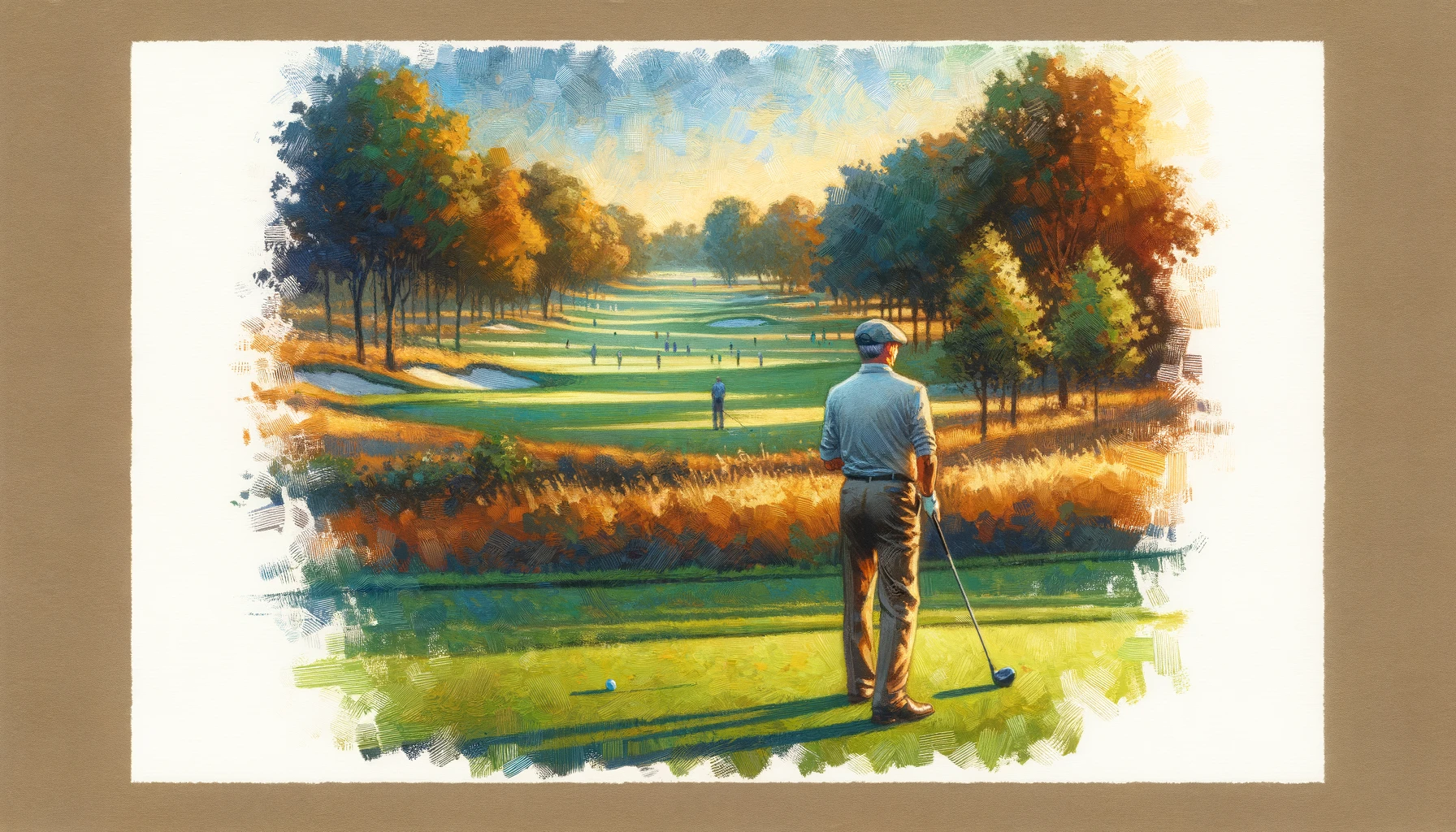 Finding your golfing zen: Mastering the simple strike sequence.
Finding your golfing zen: Mastering the simple strike sequence.How to Practice the Simple Strike Sequence for Consistent Results?
Embarking on the journey to master the simple strike sequence, I was reminded of an old golfing adage, "practice makes permanent." It was on a crisp autumn day, with leaves painting the course in hues of amber and gold, that I decided to dedicate myself to perfecting this sequence. The goal was simple yet ambitious: achieve consistent, reliable results with every swing.
The cornerstone of practicing the simple strike sequence lies in repetition with intent. It's not about mindlessly hitting balls at the range, but rather about mindful, deliberate practice of each component. Here's how I approached it:
1. Start with the Grip: Each practice session began by re-evaluating my grip. I'd spend a few minutes just holding the club, ensuring my grip was neither too tight nor too loose. This was about finding the sweet spot where control meets flexibility.
2. Focus on Posture: Before swinging, I'd check my stance. Feet shoulder-width apart, weight balanced on the balls of my feet, and a slight bend in the knees. I learned that good posture is the foundation of a great swing.
3. Break Down the Backswing: Slowly, I'd take the club back, focusing on keeping my movements fluid and controlled. This part was about coiling up the power, ready to be unleashed.
4. Smooth Transition to Downswing: The change from backswing to downswing was where I paid close attention. Ensuring a smooth transition was key to maintaining power and direction.
5. Follow Through with Purpose: Completing the swing with a strong follow-through ensured that I was fully committing to the shot, helping to improve both distance and accuracy.
To monitor my progress, I kept a practice journal. After each session, I'd note what felt good, what needed work, and any insights I had. This not only helped track improvements but also kept me focused and honest about my practice.
I also incorporated video analysis into my routine. Recording my swings allowed me to visually critique my technique and make adjustments. It was eye-opening to see my swing from a different perspective, and it accelerated my understanding and execution of the simple strike sequence.
The real test came during a round with friends, where the pressure was on. I found that my shots were more consistent, my confidence was higher, and the enjoyment of the game had increased tenfold. It was a clear sign that the dedicated practice of the simple strike sequence was paying off.
Practicing the simple strike sequence is a journey of self-improvement that requires patience, persistence, and a keen eye for detail. It's about building a swing that you can rely on, shot after shot. And while the path may be challenging, the rewards—consistency, improved performance, and a deeper enjoyment of the game—are well worth the effort.
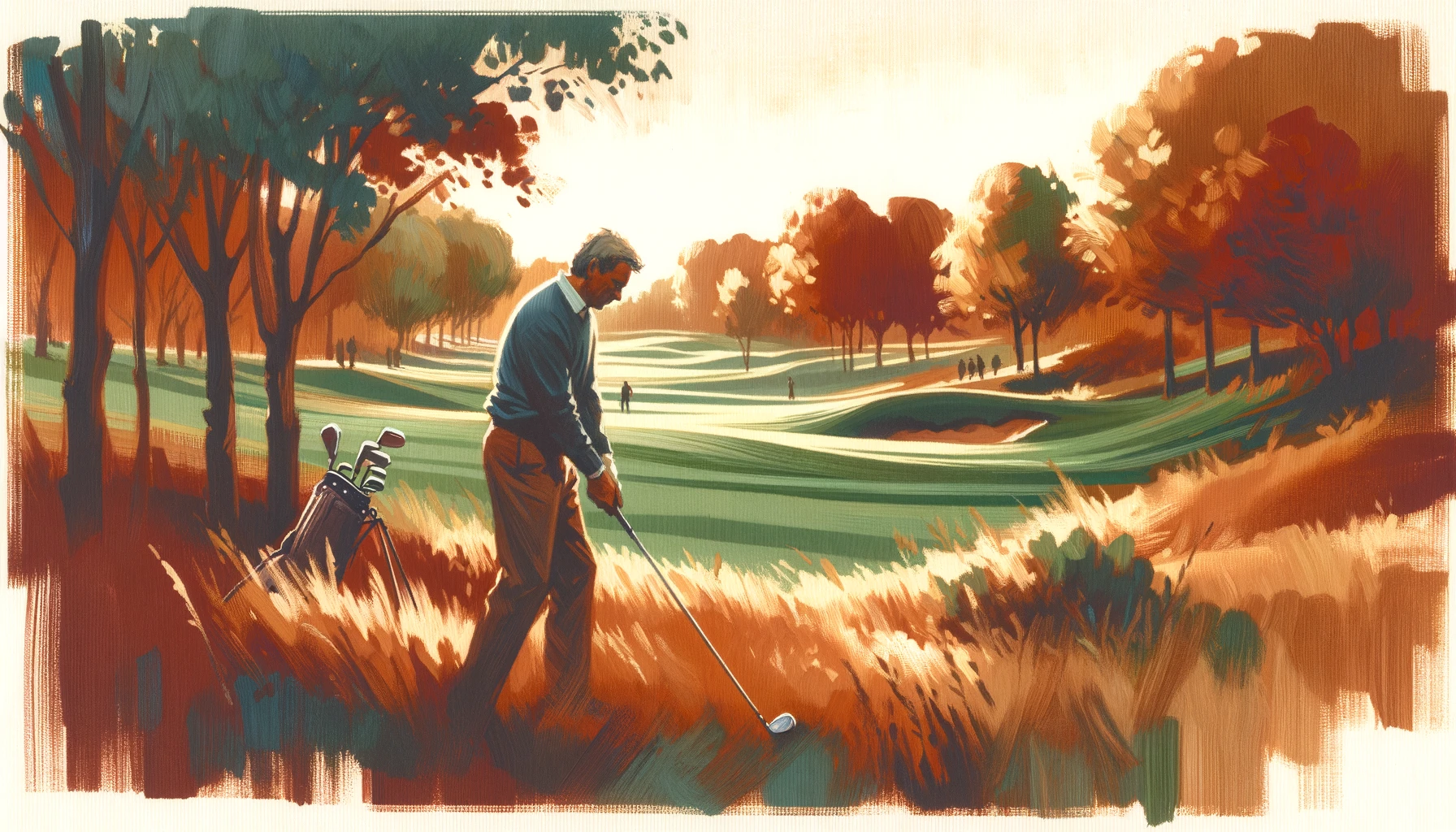 The golfer's retreat: A journey through the simple strike sequence.
The golfer's retreat: A journey through the simple strike sequence.Key Takeaways on Mastering the Simple Strike Sequence
- Practice Makes Perfect: Embrace the power of repetition. The more you practice each component of the simple strike sequence, the more natural it will become.
- Focus on Fundamentals: Grip, posture, backswing, downswing, and follow-through are the pillars of a powerful and precise golf swing.
- Mindfulness Over Muscle: It's not about hitting harder, but smarter. Pay attention to the details of each swing component.
- Celebrate Progress: Keep a journal of your practice sessions. Noting improvements, no matter how small, can boost your confidence and motivation.
- Seek Feedback: Use tools like video analysis to get an outside perspective on your swing. Sometimes, a small adjustment can make a big difference.
- Join the Community: Engage with the Golfeaser community. Share your journey, successes, and challenges, and learn from fellow golf enthusiasts.
Take Action Now
Ready to take your golf game to the next level? Start by integrating the simple strike sequence into your practice routine. Remember, every great golfer started somewhere, and with patience and persistence, you can achieve the consistency and performance you've always wanted.
Don't go at it alone! Join the Golfeaser community to share your stories, triumphs, and tips with fellow golfers. Sign up for our newsletter for insights and updates, and keep living by the Golfeaser Manifesto. Together, we're not just playing golf; we're improving our game, one swing at a time.
Are you ready to master the simple strike sequence and transform your game? How will you integrate these practices into your routine, and what are you most excited to share with the Golfeaser community? Let's make our next round our best one yet. Onward...
FAQ: Simple Strike Sequence
What is a simple strike sequence?
What is a simple strike sequence?
A simple strike sequence refers to the optimal order and method of executing a golf swing. It encompasses grip, stance, backswing, downswing, and follow-through, aimed at improving accuracy and distance.
How can I practice the simple strike sequence?
How can I practice the simple strike sequence?
AnswerPracticing the simple strike sequence involves focusing on each component individually, starting with your grip, moving through your stance and backswing, and ensuring a smooth transition into your downswing and follow-through. Repetition and mindfulness are key.
What are the benefits of mastering the simple strike sequence?
What are the benefits of mastering the simple strike sequence?
Mastering the simple strike sequence can significantly improve your golf game by enhancing shot accuracy, increasing drive distance, and promoting consistency. It also helps in developing muscle memory for a more reliable swing.
Are there drills for the simple strike sequence?
Are there drills for the simple strike sequence?
Yes, there are several drills focused on mastering the simple strike sequence, such as grip exercises, stance and posture drills, backswing and downswing practice, and follow-through drills. Each is designed to refine a specific part of your swing.
Why is the follow-through important in a simple strike sequence?
Why is the follow-through important in a simple strike sequence?
The follow-through is crucial because it completes the energy transfer to the ball, ensures the direction and trajectory of the shot, and helps in maintaining balance and control throughout the swing.
Can simple strike sequence improve short game?
Can simple strike sequence improve short game?
Yes, applying the principles of the simple strike sequence can also benefit your short game by improving precision in chip shots and putts, leading to lower scores and more successful rounds.
